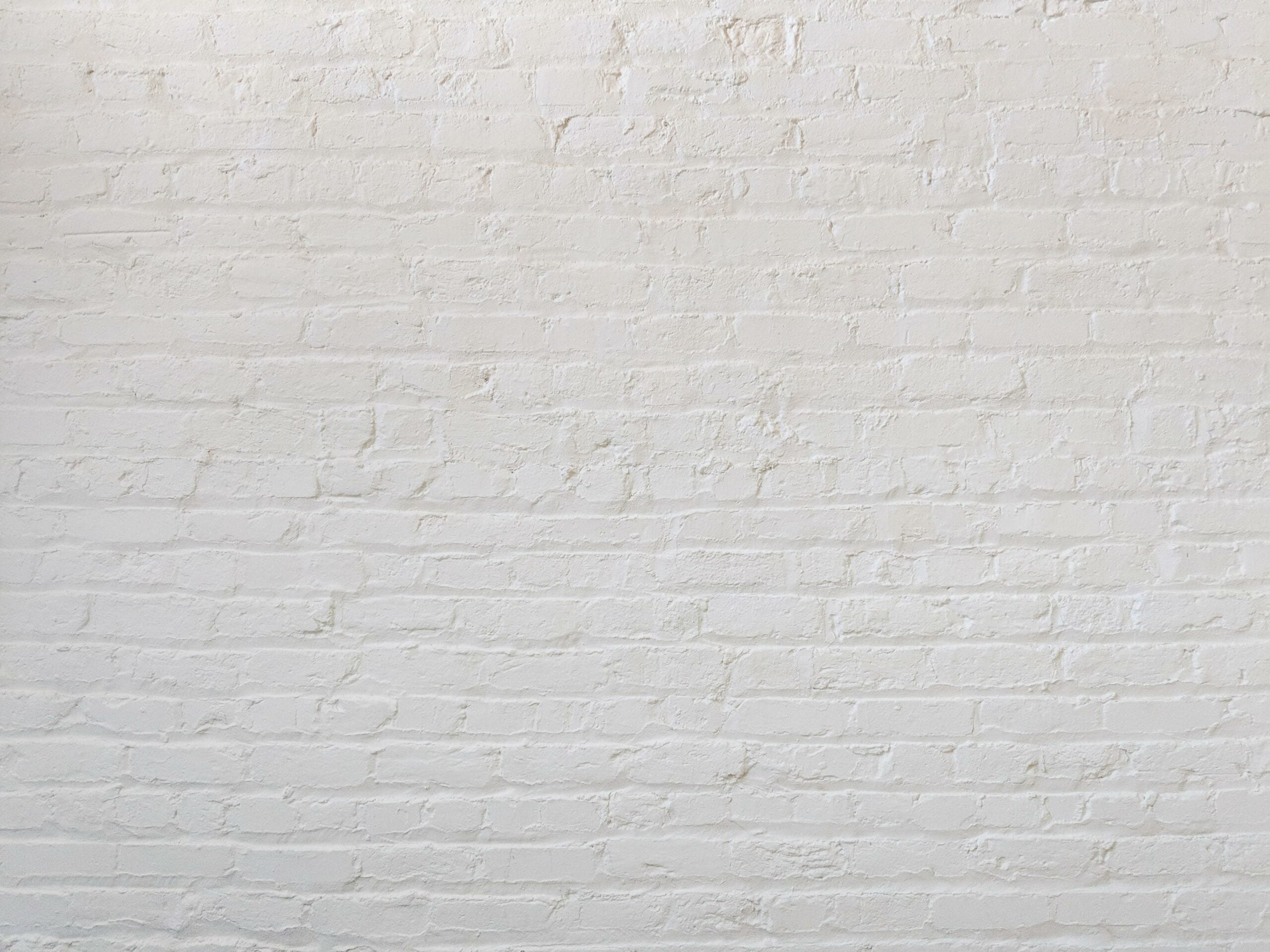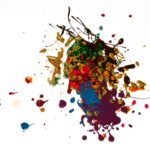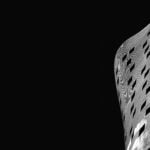Are you ready to embark on a captivating journey into the depths of ancient China? Brace yourself as we unveil the enigmatic world of acupuncture, a practice that has mystified and amazed for centuries. In this article, we will delve into the fascinating realm of acupuncture facts in ancient China, exploring its origins, techniques, and cultural significance. As a seasoned researcher and writer with a passion for history and holistic practices, I aim to bring the centuries-old legacy of acupuncture to life, revealing its secrets and unraveling its mysteries. So sit back, relax, and prepare to be amazed by the wonders of acupuncture in ancient China!

Acupuncture Facts in Ancient China
In ancient China, the practice of acupuncture was deeply rooted in the rich tapestry of traditional Chinese medicine. Over 4,000 years ago, ancient Chinese healers discovered the power of acupuncture, using thin needles to stimulate specific points on the body for pain relief and the treatment of various illnesses. This remarkable therapy aimed to restore the body’s balance of energy, addressing the imbalances or preponderance of the yin and yang forces.
The forces of yin and yang, which represent opposing and complementary energies, were believed to flow through the human body and the natural universe. When these forces became imbalanced, disease or physical disharmony would occur. Acupuncture sought to bring these forces back into harmony, thus restoring health to the individual. It emerged from ancient Chinese philosophy’s dualistic cosmic theory of yin and yang, which played a central role in understanding the body and its ailments.
Confucianism, a dominant philosophy during ancient times, discouraged the development of anatomy and surgery. As a result, acupuncture became the primary therapeutic technique for addressing diseases based on the ideology of Taoism. Taoism emphasized the harmony between man, his inner self, and his external surroundings. Acupuncture, with its focus on restoring balance and harmony, resonated with this philosophy and became an integral part of ancient Chinese healthcare.
The history of acupuncture in ancient China dates back approximately 2,000 years, with some authorities claiming that it has been practiced for over 4,000 years. Throughout this long history, the tools used for acupuncture have evolved. Initially, ancient healers utilized crude stones for stimulation. However, as the practice progressed, skillfully shaped needles made of pottery emerged as the predominant tool for acupuncture. This evolution in tools reflects the ongoing development and refinement of acupuncture techniques over time.
“Acupuncture played a key role in China’s medical history and is considered an integral part of traditional Chinese healthcare.”
Centuries passed, and traditional Chinese medicine experienced a revival in the 20th century. As a result, the practice of acupuncture underwent significant changes, incorporating advancements in knowledge and technology. Yet, even with these modifications, acupuncture remains a vital therapeutic technique in modern times.
In summary, acupuncture in ancient China was a captivating blend of philosophy, medicine, and cultural beliefs. It aimed to address imbalances of yin and yang in the body, allowing individuals to regain their health and well-being. As an integral part of traditional Chinese medicine, acupuncture has a rich history that spans thousands of years. Its evolution in tools and techniques demonstrates the dynamic nature of this ancient practice. Acupuncture continues to intrigue and inspire, providing a valuable window into the fascinating world of ancient Chinese healthcare.
Acupuncture in Ancient China: Key Points
- Acupuncture originated in ancient China over 4,000 years ago.
- It aimed to restore the balance of energy by addressing imbalances or preponderance of the yin and yang forces.
- The forces of yin and yang act in the human body and throughout the natural universe.
- Acupuncture emerged from ancient Chinese philosophy’s dualistic cosmic theory of yin and yang.
- Confucianism discouraged the development of anatomy and surgery, leading to the prominence of acupuncture in traditional Chinese medicine.
- Chinese acupuncture history dates back about 2,000 years, with some authorities claiming it has been practiced for over 4,000 years.
- The tools used for acupuncture evolved from crude stones to skillfully shaped needles made of pottery.
- Acupuncture holds a significant place in China’s medical history and remains an important therapeutic technique.
In ancient China, acupuncture was a groundbreaking medical practice that is still celebrated and utilized today. Dive into the fascinating world of ancient Chinese medicine and explore the profound impact acupuncture had on the health and wellbeing of its people. Discover remarkable facts about acupuncture in ancient China by clicking here: Facts About Acupuncture In Ancient China. Uncover the secrets of this centuries-old practice and gain a deeper understanding of the rich history behind it.
FAQ
Question 1: How long has acupuncture been practiced in ancient China?
Answer: Acupuncture has been practiced in ancient China for over 4,000 years, with some authorities claiming it dates back even further.
Question 2: What is the goal of acupuncture?
Answer: The goal of acupuncture is to restore a healthy balance of energy in the body by addressing imbalances or preponderance of the yin and yang forces, which are believed to cause disease or physical disharmony.
Question 3: What role did acupuncture play in ancient Chinese medicine?
Answer: Acupuncture played a key role in China’s medical history and is considered an integral part of traditional Chinese healthcare. It emerged from ancient Chinese philosophy’s dualistic cosmic theory of the yin and yang.
Question 4: How have the tools used for acupuncture evolved over time?
Answer: The tools used for acupuncture have evolved over time. Initially, crude stones were used, but they have been replaced with more skillfully shaped needles made of pottery and other materials.
Question 5: How did Confucianism influence the development of acupuncture in ancient China?
Answer: Confucianism, which was against the development of anatomy and surgery, led to the development of acupuncture as a method to deal with diseases based on the ideology of Taoism. Taoism emphasizes harmony between man, his inside and outside world, making acupuncture an important therapeutic technique in ancient China.
- Crypto Quotes’ Red Flags: Avoid Costly Mistakes - June 30, 2025
- Unlock Inspirational Crypto Quotes: Future Predictions - June 30, 2025
- Famous Bitcoin Quotes: A Deep Dive into Crypto’s History - June 30, 2025
















